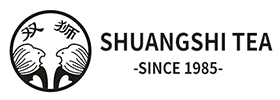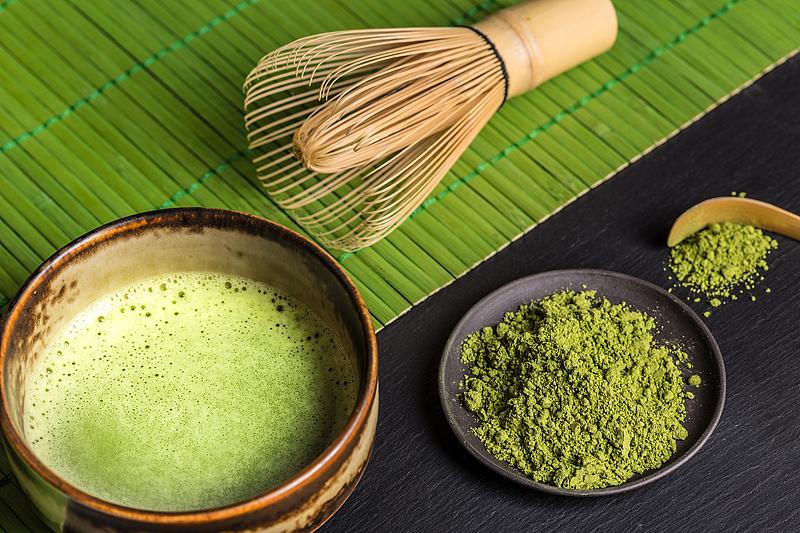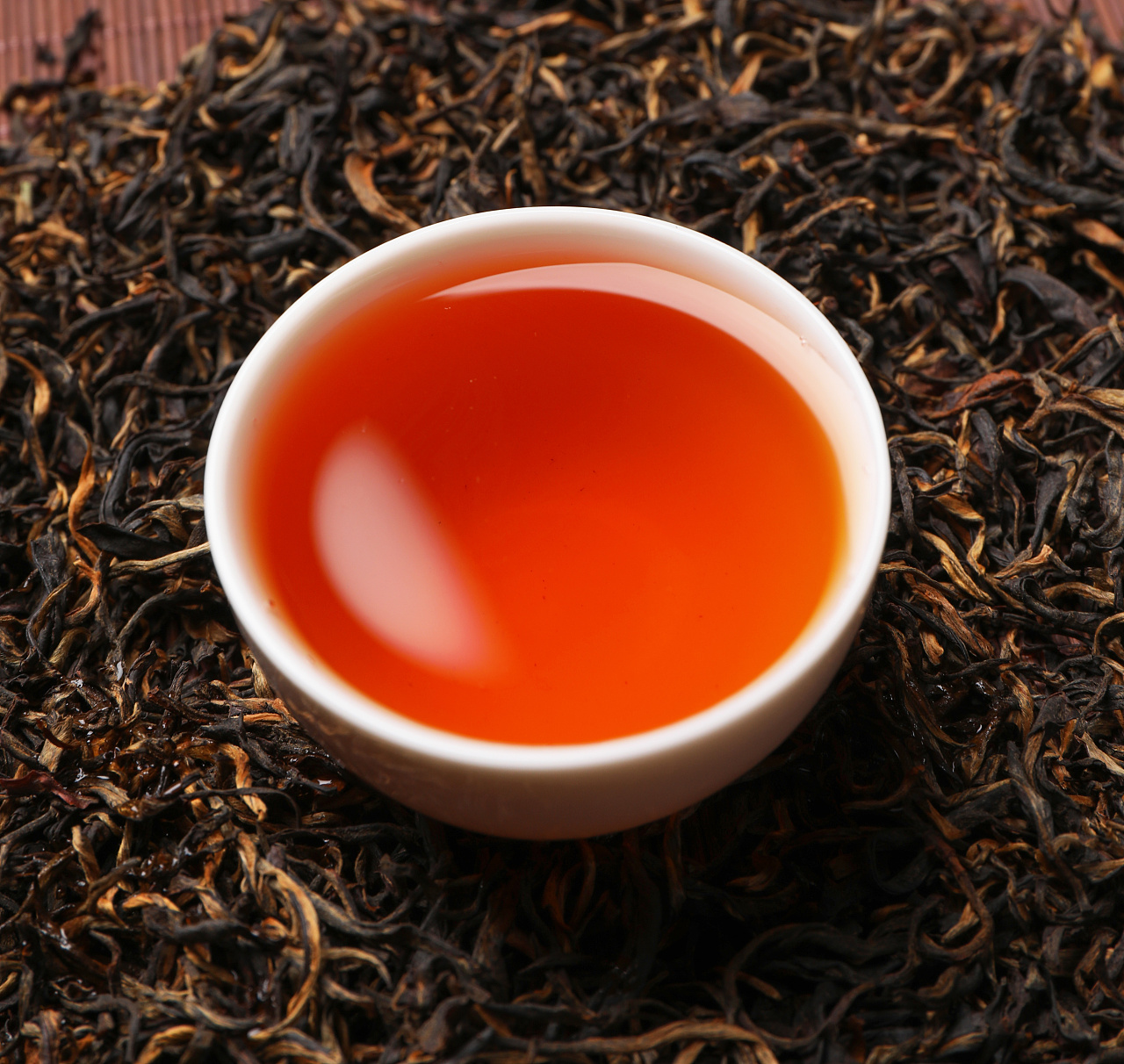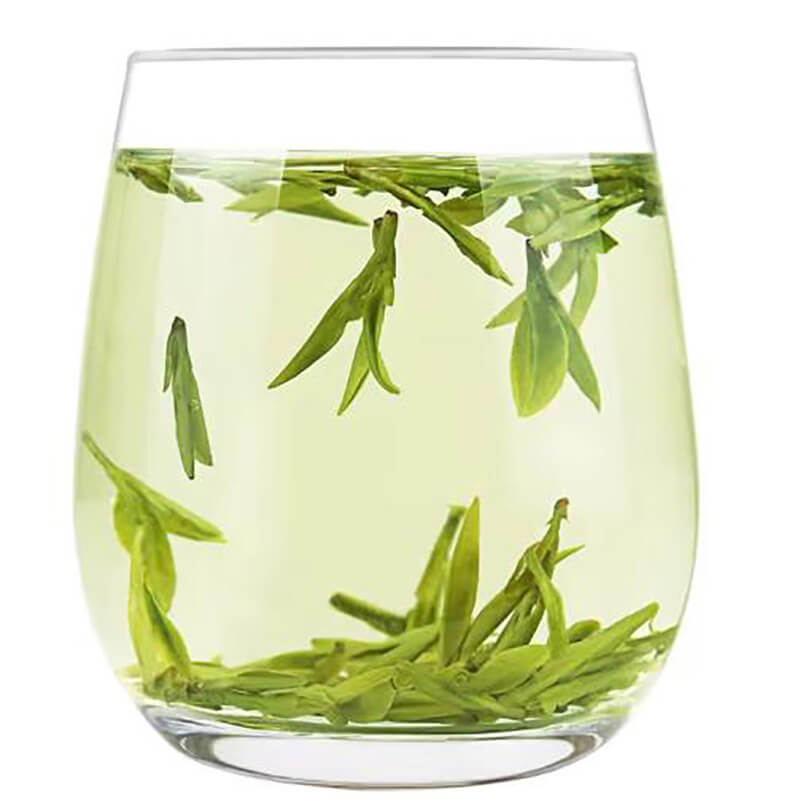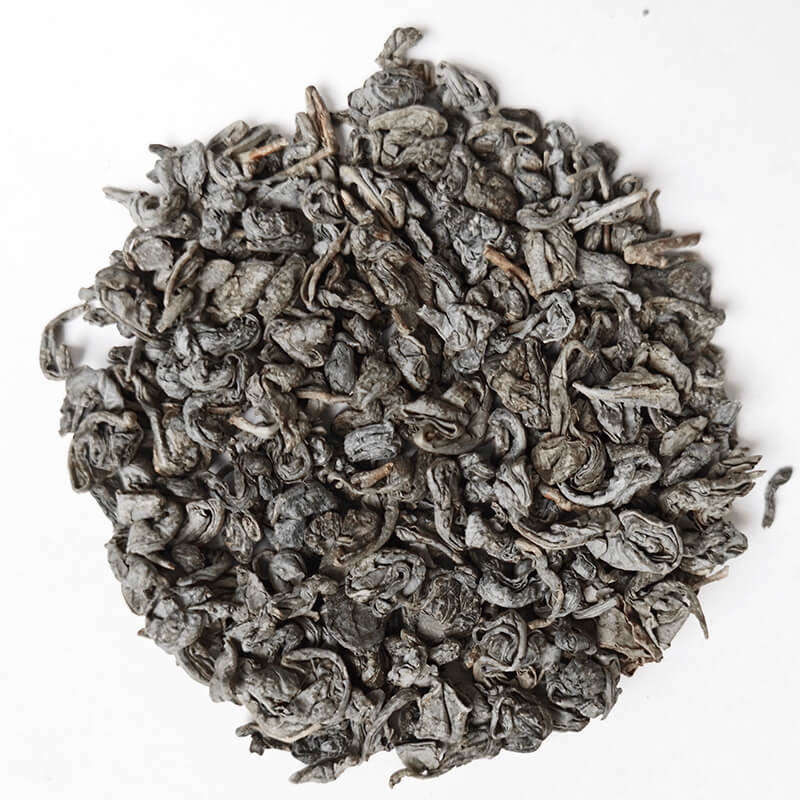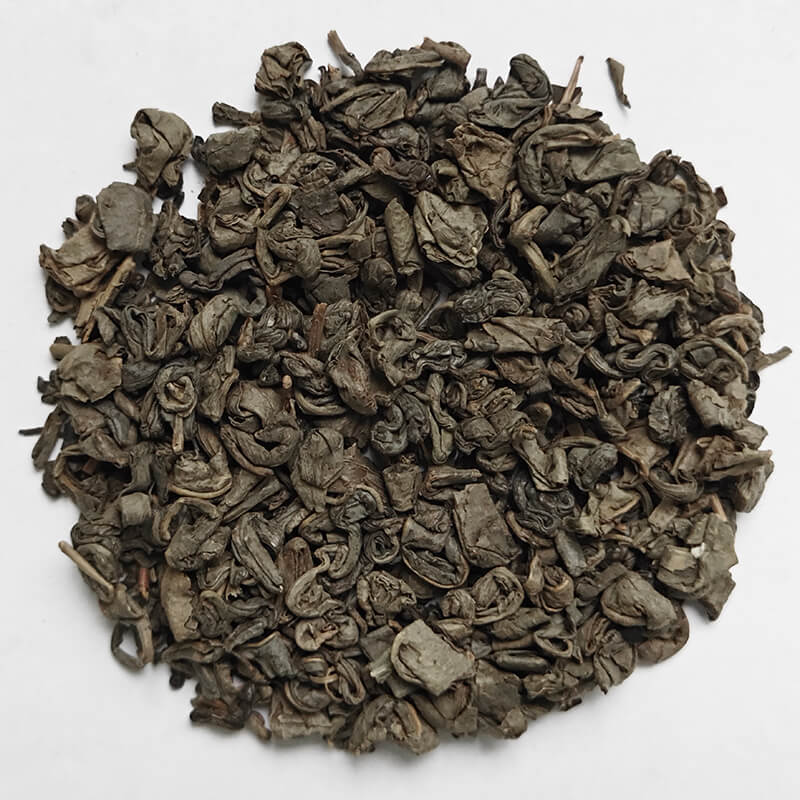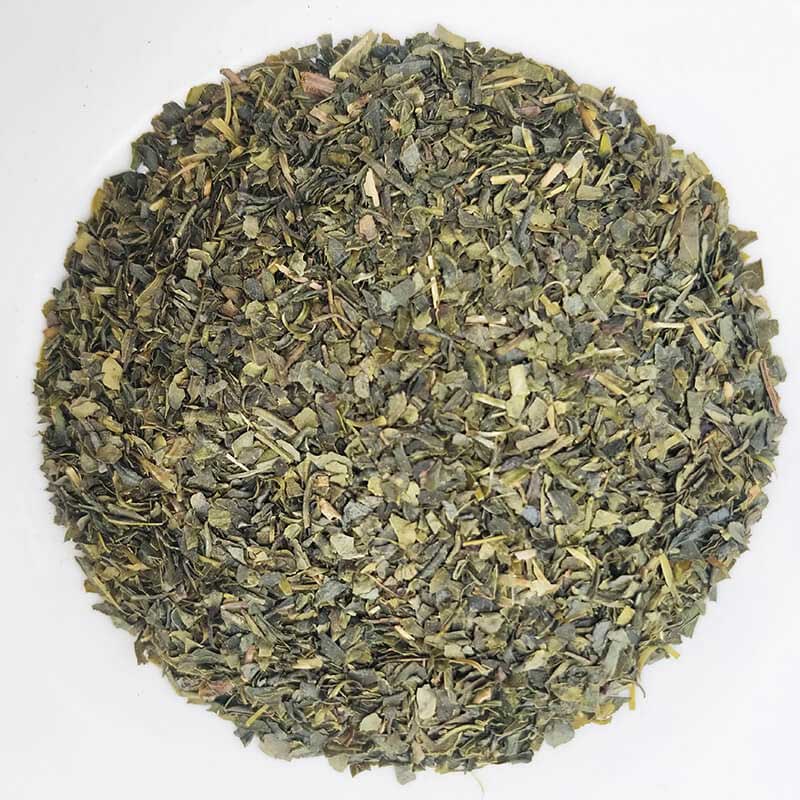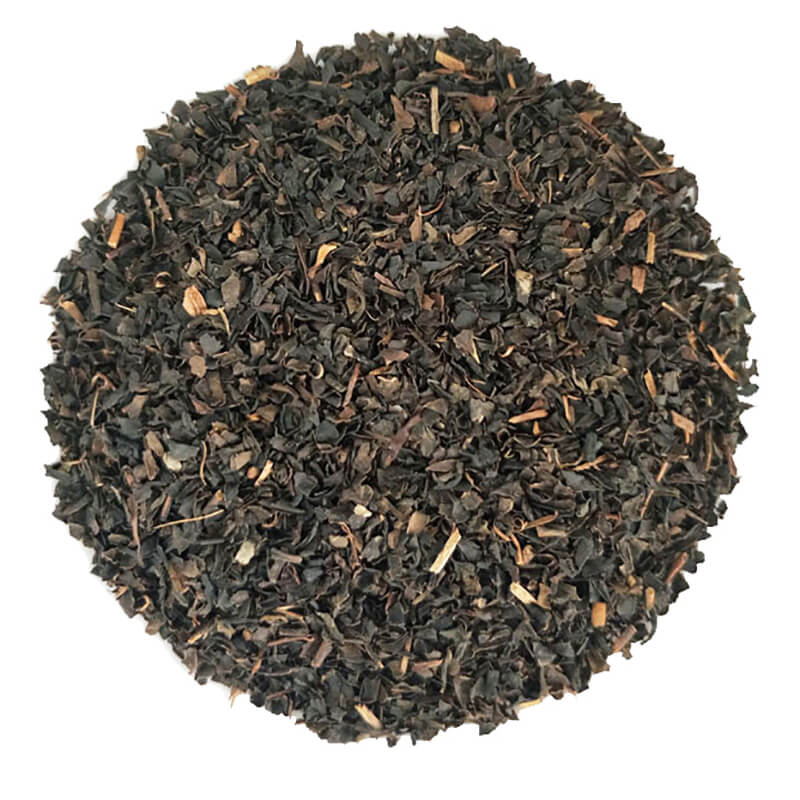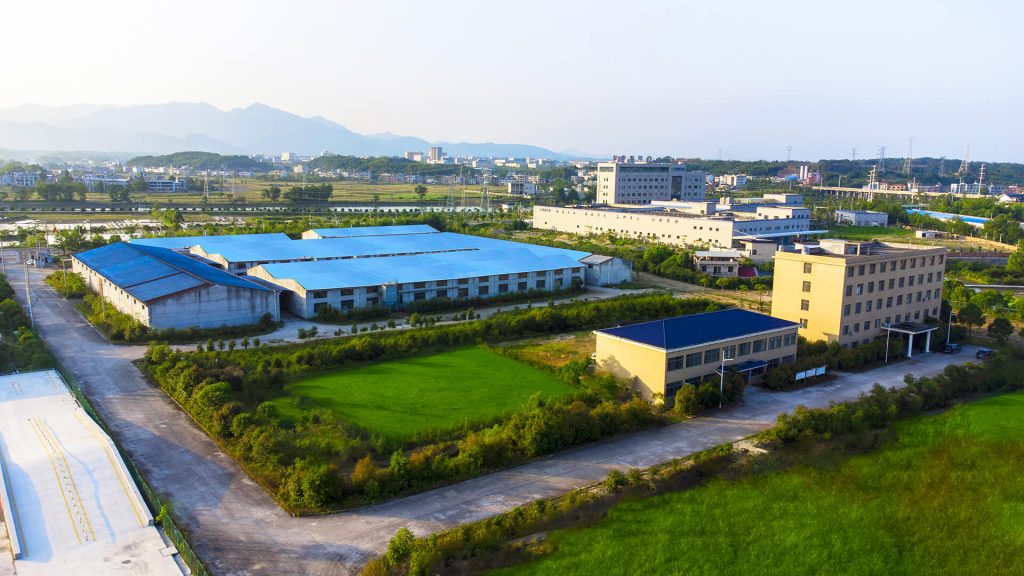In January 2025, former U.S. President Donald Trump announced the reinstatement of tariffs on Chinese goods during his campaign, targeting multiple sectors, including agricultural products.
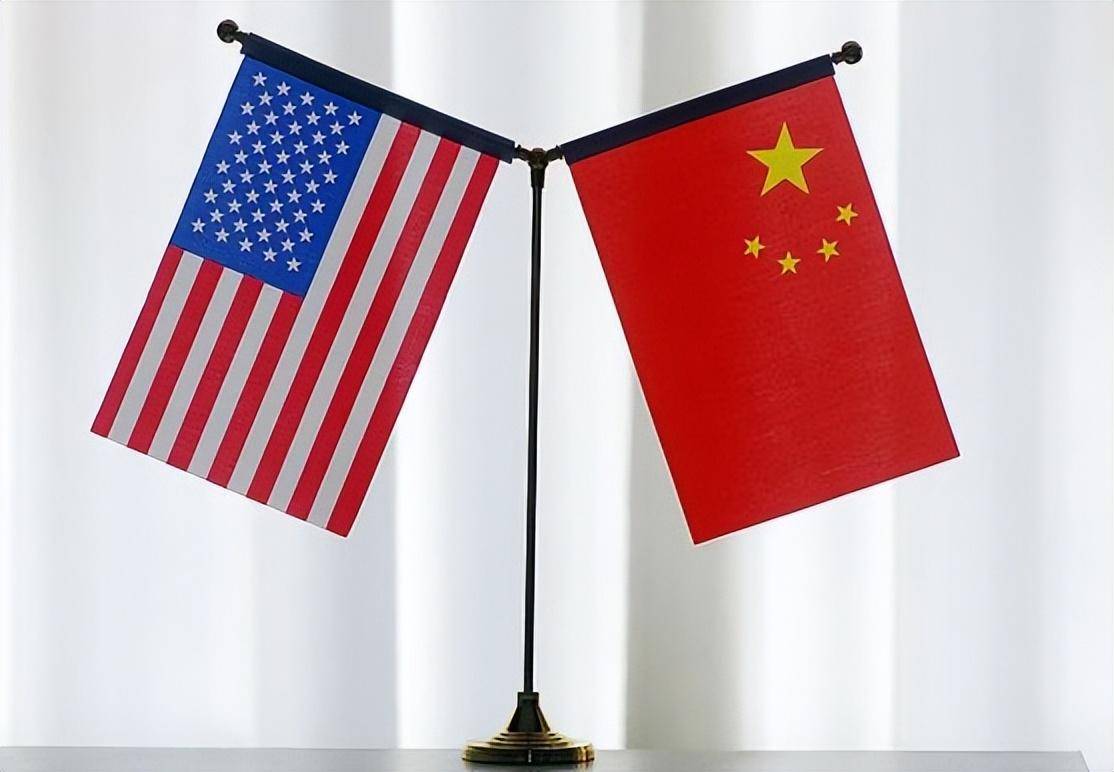
Tea, a traditional Chinese export, was explicitly added to the tariff list. The policy, implemented incrementally from January to April 2025, significantly affected China’s tea exports to the U.S. This article analyzes the impact from four perspectives: policy context, trade data, industry responses, and future trends.
I. Policy Context and Tariff Adjustments
The Trump administration’s policy imposed a 25% tariff on approximately $300 billion worth of Chinese goods, with agricultural tariffs rising to 30%. Tea, categorized under agricultural products, saw its average tariff surge from 5% to 30%, while premium varieties like Pu’er and oolong tea faced additional levies of up to 35%.
A retroactive clause applied the new rates to orders signed before December 31, 2024, but not yet cleared through U.S. customs. This forced Chinese exporters to absorb an extra $1.2 per kilogram in tariffs, exacerbating inventory pressures and cash flow challenges for many tea companies.
II. Trade Data and Market Shifts
- Declining Export Volume and Value
According to China Customs, tea exports to the U.S. from January to April 2025 totaled 12,000 metric tons, a 12.3% year-on-year decrease, with export value dropping 18.6% to $68 million. Green tea suffered the steepest decline (-15.8%), while black tea saw a milder 9.4% reduction due to increased domestic U.S. production. - Market Share Redistribution
India and Sri Lanka capitalized on the tariff-driven vacuum, increasing their U.S. tea exports by 8% and 6%, respectively. Meanwhile, U.S. domestic tea cultivation expanded, with new plantations in Texas and California boosting low- to mid-tier tea bag production by 23%. - Price Inflation and Demand Suppression
Retail prices for Chinese tea in the U.S. rose by 25–30%, with premium loose-leaf varieties (e.g., Mingqian Longjing, Jin Junmei) spiking by 40%. A Tea Association of the USA survey found that 34% of U.S. importers reduced or halted purchases of Chinese tea.
III. Industry Adaptation Strategies and Challenges
- Transshipment and Supply Chain Restructuring
To bypass tariffs, companies rerouted exports through Southeast Asia. For instance, a Yunnan-based tea producer shipped raw tea to Vietnam for refining and repackaging, leveraging Vietnam’s CPTPP membership to cut costs by 12–15%. - E-commerce Channel Expansion
Chinese firms accelerated direct-to-consumer sales via platforms like Amazon and TikTok Shop. Zhejiang Tea Group reported a 45% surge in cross-border e-commerce sales, with small-pack products (under 50g) comprising 68% of orders, reducing per-unit tariff burdens. - Product Innovation and Premiumization
Aligning with U.S. health trends, companies developed organic and functional teas. Anhui Academy of Agricultural Sciences collaborated with exporters to launch gamma-aminobutyric acid (GABA)-enriched green tea, which gained FDA approval. Despite a 30% price hike, orders grew by 17%. - Logistical Innovations
The China-Europe Railway Express launched a “tea-dedicated route” from Hefei to Los Angeles, slashing shipping time from 45 days by sea to 18 days. Coupled with overseas warehousing, this improved inventory turnover by 25%, though cold-chain costs remained 20% higher.
IV. Future Outlook and Policy Recommendations
- Short-Term Pressure vs. Long-Term Recovery
U.S. Tea Wholesalers Association forecasts predict a 5–8% annual decline in Chinese tea exports for late 2025, but premium varieties may rebound due to irreplaceable quality. By 2026, China’s share in the U.S. premium tea market could recover to 28% (down from 35% in 2024). - RCEP Opportunities
Establishing processing hubs in RCEP member countries (e.g., Malaysia, Indonesia) could reduce tariffs via origin accumulation rules. Fujian-based firms, for example, are building Pu’er fermentation facilities in Malaysia with 500-ton annual capacity. - Domestic Policy Support
Industry stakeholders advocate raising tea export tax rebates (currently 9%), expanding export credit insurance, and establishing an international tea trading center to strengthen pricing power. Hunan Province has piloted “Export Tea Quality and Safety Zones,” subsidizing testing and certification.
